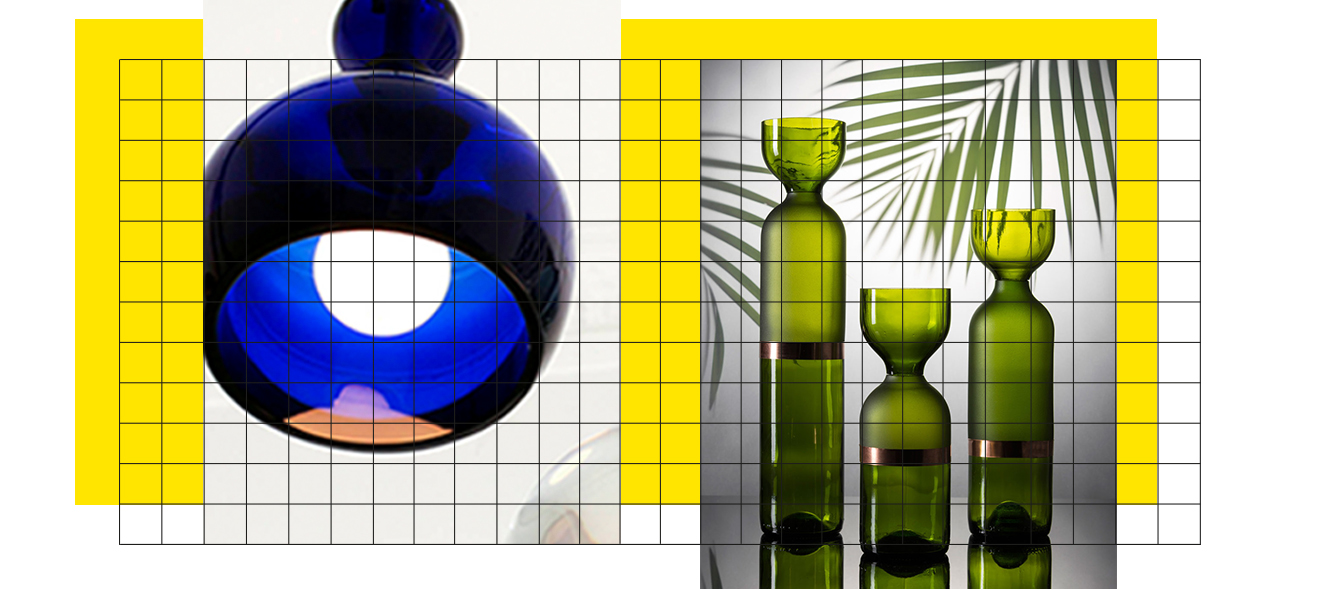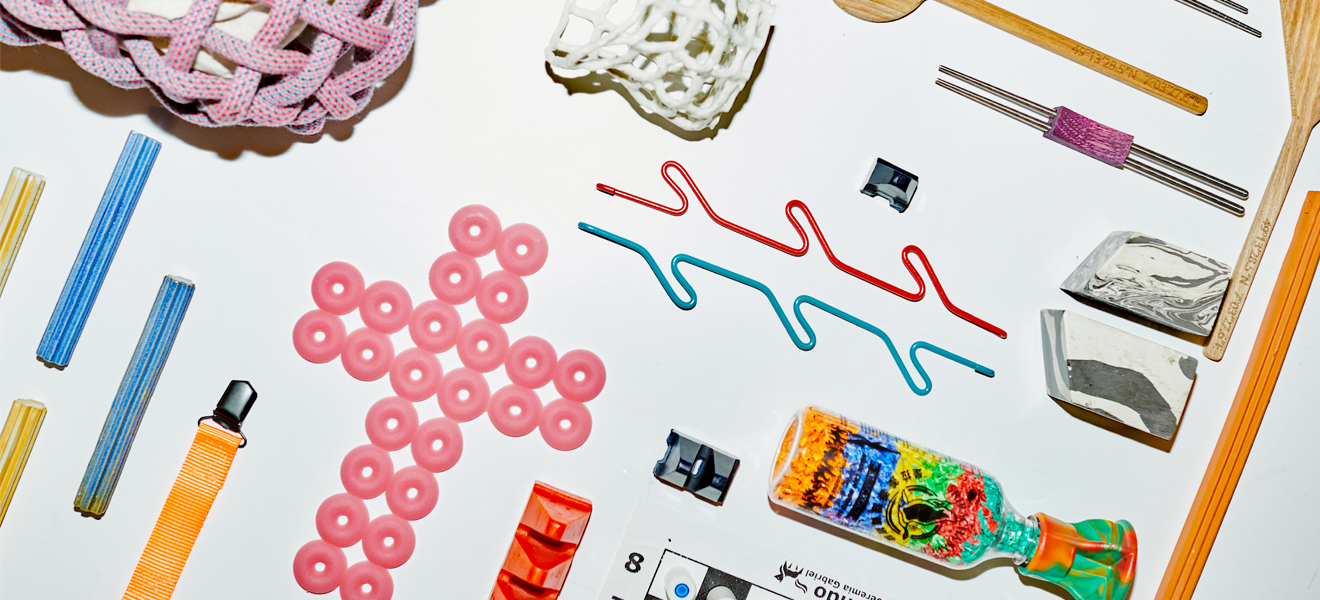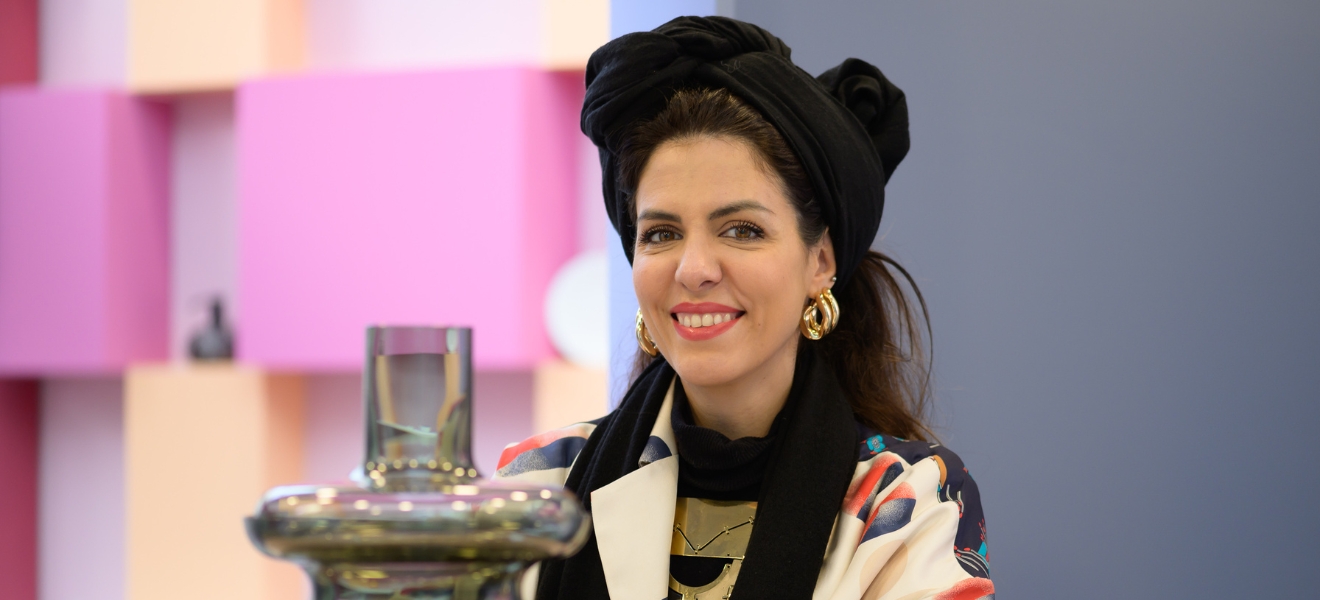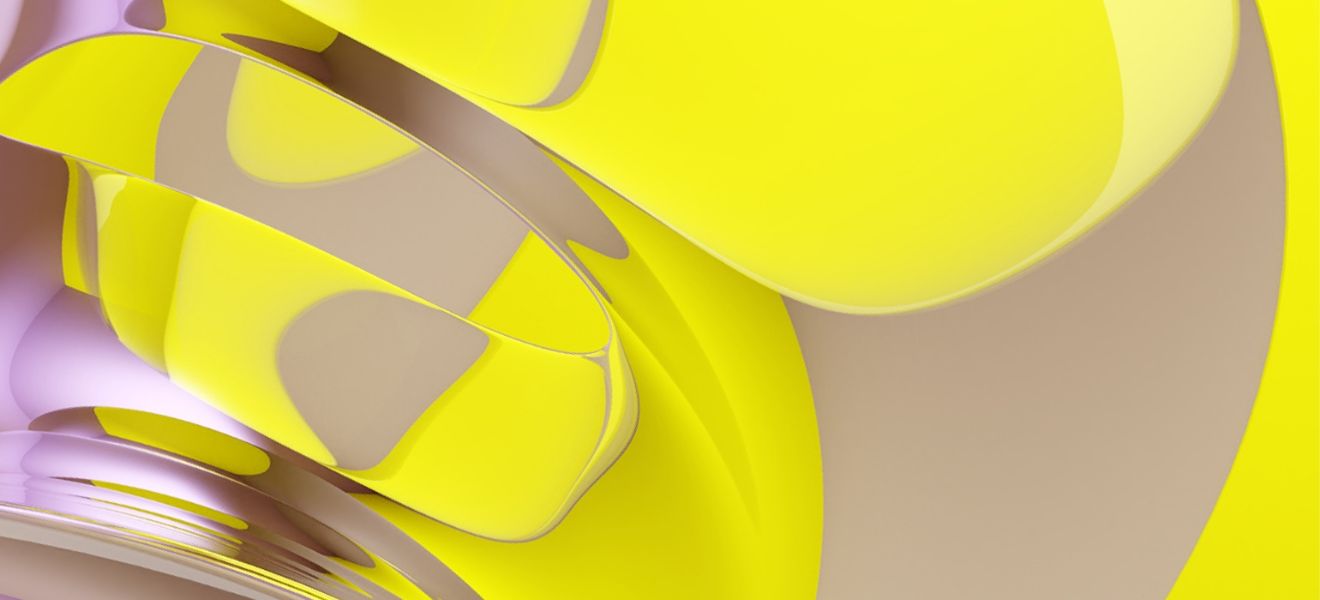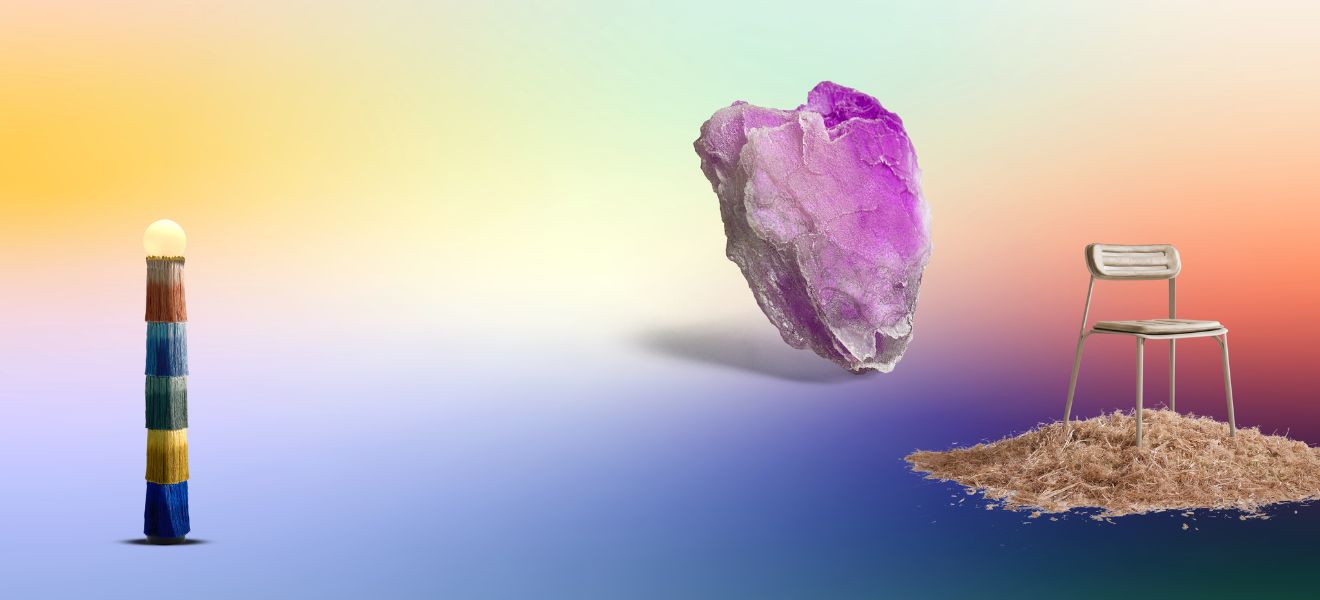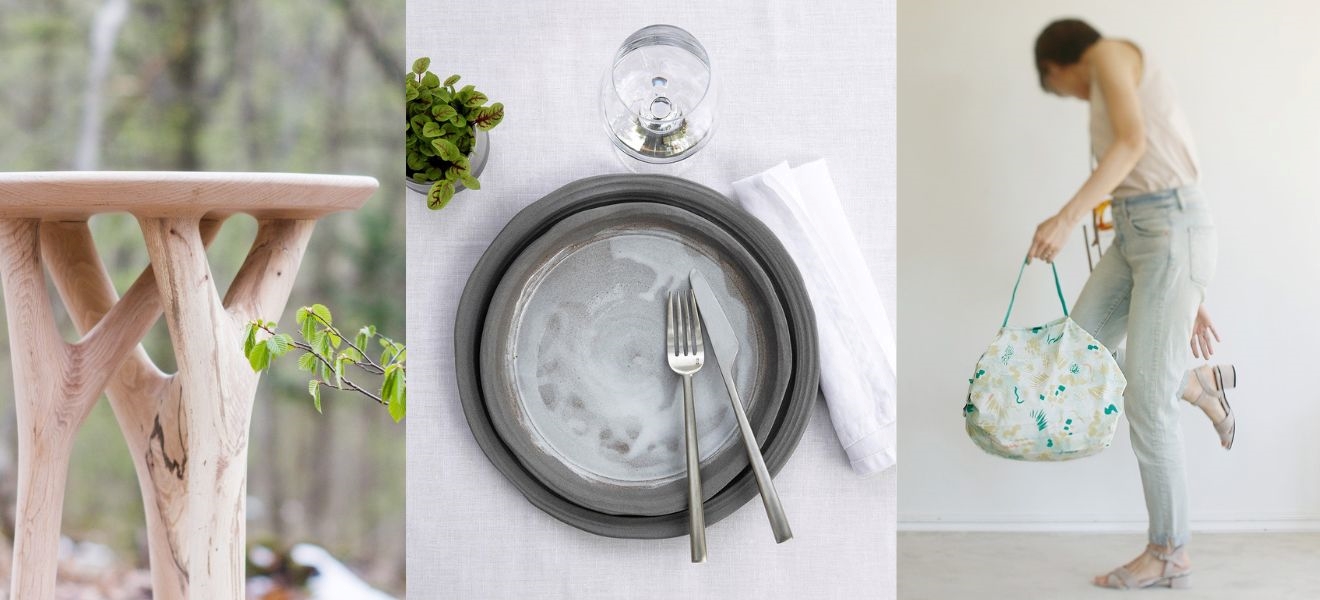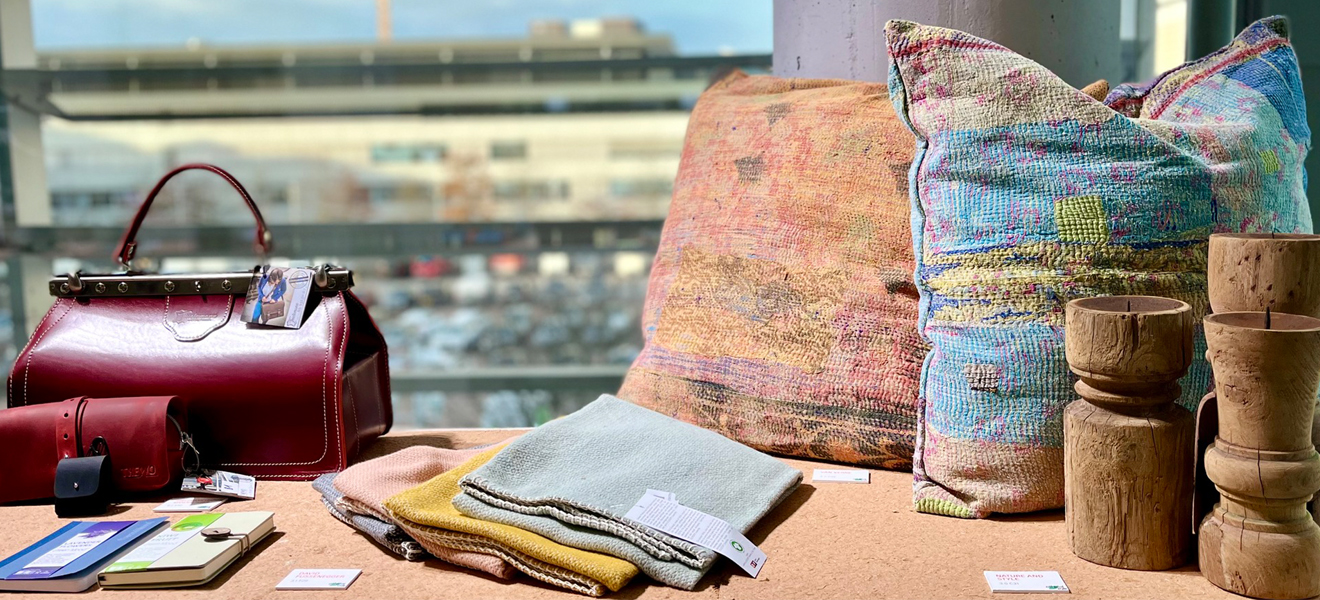Even in the post-war 20th century, Brazilian creations were distinct from designs which emerged in the United States or Europe. Brazilian designers were keen to glean inspiration from their country’s landscape and history, although this distanced them firmly from the usual mid-century preference for much gentler shapes. Sergio Rodrigues provides a classic example of this with his robust, wood and leather Mole armchair, an international 1960s design icon which is reminiscent of colonial-style plantation furniture and Brazil’s gaucho culture. The bold, sweeping shapes from that era’s architecture continue to influence our ideas of Rio de Janeiro, Brasília and São Paulo.
Even today, industry insiders are practically the only ones who know about Brazilian design in Europe. Besides the biggest names in design like Oscar Niemeyer, Carlos Motta and Lina Bo Bardi, only the experts know many more. Yet Brazil is a multifaceted design nation, with design schools in many cities and increasing numbers of Brazilian concepts and creatives winning prestigious awards. The new design generation is opening our eyes to their visions – which have a lot in common with European trends towards handcrafts, a balance between traditional and modern, and the quest for unforced authenticity. Here, we take a closer look at five design studios from this new Brazilian generation, who will also be featured prominently in the first edition of Focus on Design at Ambiente 2020.



Sustainable, meticulous and playful
Bianca Barbato from São Paulo, who specialises in developing furniture and lighting, told us: “I think sustainability is a must for all designers nowadays”. The Brazilian designer explains: “This issue is certainly very close to my heart, and that’s why I build it visually into my designs. For example, my Lixo collection (which translates as: Rubbish) comprises playful table lamps which I have mounted onto brass shapes moulded inside discarded plastic bottles and cans. With Lixo, I am denouncing the lack of regulations on recycling in our capital city”.

Her work ranges from limited editions to mass-produced collections. Barbato is self-taught, learning techniques and the manipulation of new materials through experimenting with them herself. So what does a typical design process for one of her often futuristic concepts look like? “My work is always rooted in a personal story or memory. I want my designs to be practical but also uncommonly playful, funny and poetic. Sometimes I even draw inspiration from toys. Yet at every stage of production I ensure meticulous precision and focus on every detail, to ensure the end products also function well,” Bianca Barbato explains.


An international all-rounder
Rodrigo Almeida is another multitalented product designer. He draws his inspiration from a wide variety of cultures, and his designs aim to show ‘a new face’ of Brazilian design. Almeida’s universe mostly looks very avant-garde. And he consciously crosses national borders to find inspiration in other cultures. Hence most of his designs find echoes in materials and shapes that come from the same places his ancestors did: Africa, Europe and the Indian subcontinent. His creativity has an insatiable appetite for new materials.



Rodrigo Almeida, himself one of the best-known names in this new design generation, explains the relative lack of attention paid by the media to Brazilian design: “I believe that, due to our history and development, we South Americans feel much more European than Europeans feel connected to South America”. He would personally love to work with Konstantin Grcic.
Traditional avant-garde
Modern maybe, but with lots of tradition too: Sérgio J. Matos combines natural raw materials with traditional production techniques, using lively colours and sensual shapes. Astonishing: Sérgio J. Matos produces functional creations in avant-garde clothing, with the aid of traditional Brazilian techniques – many of which had almost been forgotten. Since he opened his own design studio in 2010, he has received many national and international awards for his way of working.


Matos uses many natural materials like wood and straw to retain the slim, sensual lines inherent in Brazilian design culture. In an age of industrial design, he calls very strongly for crafting by hand. Sérgio J. Matos says: “Producing crafts by hand keeps the story of our ancestors alive. We must not forget in our increasingly automated world that craft can add great value to modern products”.


Brazil = Craft + Art
Brazil’s new design generation also has conceptual style to offer. The Rain studio likes to drift towards a more artistic domain.
A duo of designers known as Rain, namely architect Ricardo Innecco and product designer Mariana Ramos, specialise in designing furniture, lamps and decorative objects. Both these creatives come from Brasília – a city known for its modern architecture and urban planning – and moved to São Paulo in 2012. Their independent design studio Rain has been in operation since 2015. Among their most striking designs are a series of particularly unusual coffee tables with rounded corners whose sweeping, fluid shape is reminiscent of a swimming pool.

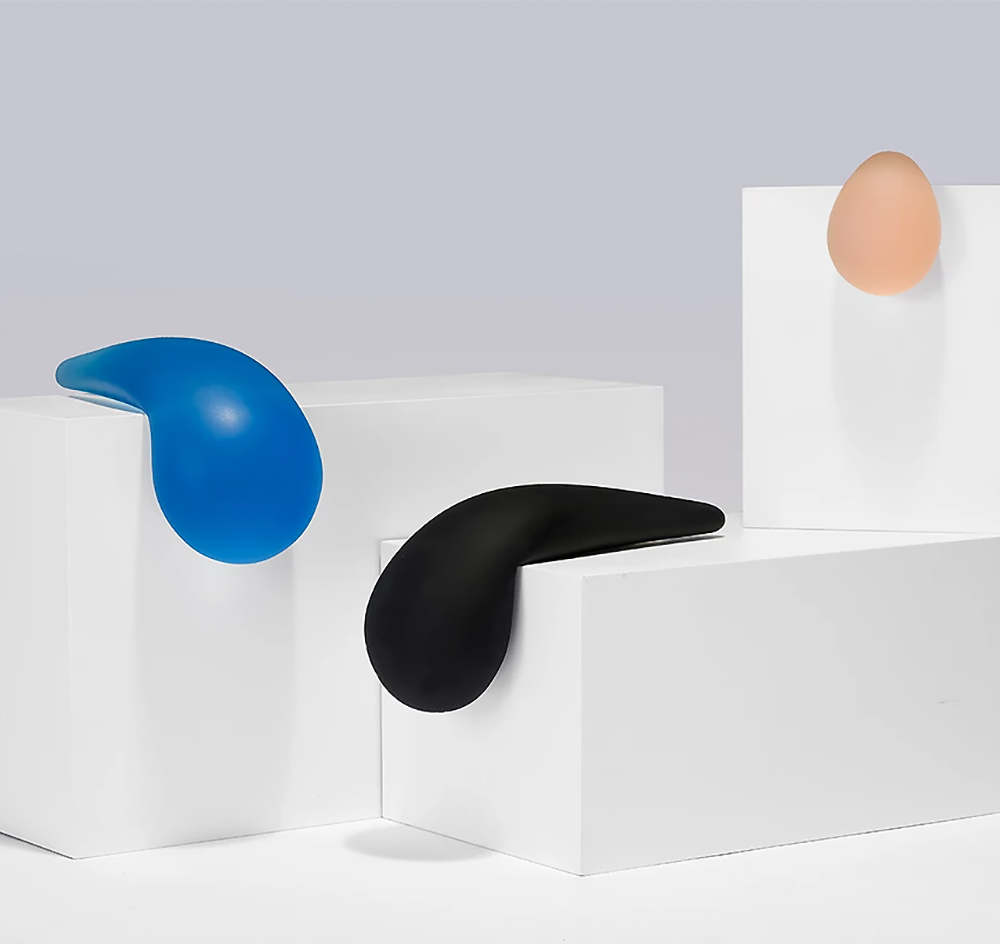
“Brazil is a huge country with a strong tradition of crafts, from ceramics to hand embroidery, and a multifaceted range of materials to use, from wood to pearls. The new generation of designers – and we would include ourselves in this – are certainly interested in contemporary design, new materials and production methods, but won’t forget their design origins or this country’s traditions,” say the design duo of their up-and-coming Brazilian contemporaries. How do they see their country compared to the European design scene? “In South America, the process of industrialisation began a lot later than in Europe. And since this country has real riches in terms of raw materials, Brazilian design is still strongly influenced by local, traditional crafts.”

European influences
Designer Brunno Jahara was born in 1979 and is well known in Europe. He came to Europe to study and work, before returning to Brazil.
Jahara initially studied industrial design in his home city of Rio de Janeiro, then moved to Italy where he studied architecture in Venice and worked at Fabrica for two years. Jahara’s personal creations are often strongly slanted towards industrial manufacturing and influenced by organic shapes, tropical themes and traditional materials. They have often been featured in European exhibitions, for example at the Milan Triennale, at the Pompidou Centre in Paris and at the Amsterdam Design Week. A cooperation with Portuguese porcelain manufacturers Vista Alegre certainly also helped raise his profile in Europe.


What does Jahara find typically Brazilian about his own designs? “I try to use in my creations materials, colours and shapes which I encounter in everyday life in Brazil. I now live back in Rio de Janeiro, which provides particular inspiration,” Jahara says. Sustainability is also important to him: “I try to use recycled materials and environmentally responsible production processes wherever possible, and I design objects to be used for a long time.”
Panel discussion at the Ambiente Academy
Focus on Design: The Brazil special presentation will be in Galleria 1 during Ambiente. The five designers and design studios in the spotlight will join a panel to discuss Design in Brazil at 13.15 on the Sunday of the fair at the Ambiente Academy in Hall 9.1.
